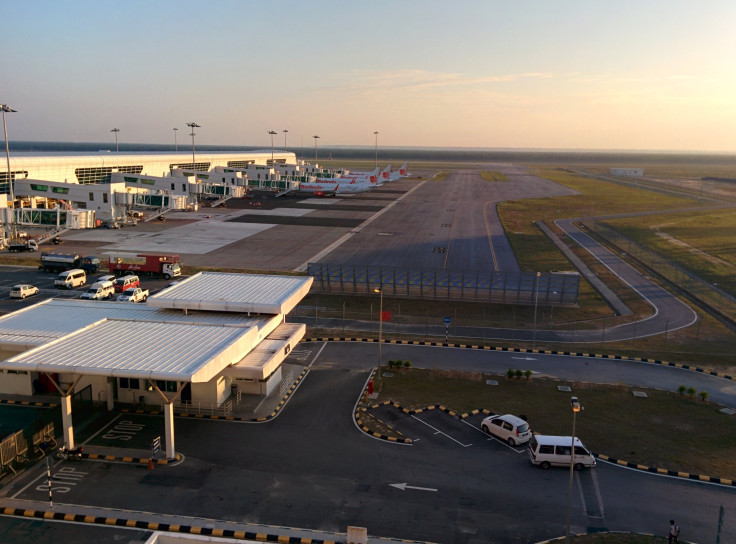Malaysia's Klia2 Terminal Sinking Into Ground, AirAsia Warns: Report

Malaysia’s new budget airline terminal is sinking into the ground, causing cracks to appear on runways and pools of water to form on the tarmac, media reports said Monday.
Kuala Lumpur International Airport’s new terminal, known as Klia2, could face delays, increased wear and tear on planes, and possible safety violations, according to AirAsia Bhd, the new terminal’s largest operator.
AirAsia Malaysia CEO Aireen Omar called for the issues to be fixed before they began affecting take-offs and landings. “The airport is still sinking,” Aireen told Bloomberg, adding that the terminal operator, Malaysia Airports Holdings Bhd, had done some “partial resurfacing” but criticized the lack of a “permanent solution.”
Tony Fernandes, head of the AirAsia group, also condemned the airport’s condition on Twitter, stating that the terminal's “board and management need a strong hard look at themselves,” and posted a picture of a plane with its landing gear bent out of shape.
Is this to be expected?8 hour delay due to plane slipping of chocks . The board has to take responsibility pic.twitter.com/X7EAt3jvft
— Tony Fernandes (@tonyfernandes) July 27, 2015However, the conditions at the airport have reportedly not yet endangered flights. “If you go to the airport you can see ponding with your very own eyes,” Mohshin Aziz, an analyst at Malayan Banking Bhd in Kuala Lumpur said, according to Bloomberg. “It’s more of an irritation rather than a safety hazard.”
The news comes after a year of bad news for Malaysia’s aviation industry, after its national carrier Malaysia Airlines suffered two major disasters -- the disappearance of Flight MH370 last March, and the downing of Flight MH17 over Ukraine last July.
Klia2 has also drawn flak for its construction costs, which were rife with allegations of mismanagement, leading to delays and cost overruns. The project cost ultimately rose to about $1 billion from $446 million.
The country’s transport ministry has launched an independent audit into the airport, promising to report on pending issues “in due course,” the ministry told Bloomberg. Malaysia Airports will be responsible for any changes stemming from the findings of the audit.
Klia2, which began operations in early May last year, was built to serve up to 45 million passengers a year. The AirAsia group is the terminal’s largest source of traffic, accounting for 15.2 million passengers, or 87 percent of its traffic, according to Malaysia Airports data.
© Copyright IBTimes 2024. All rights reserved.





















